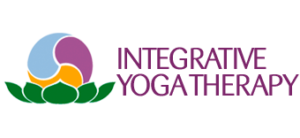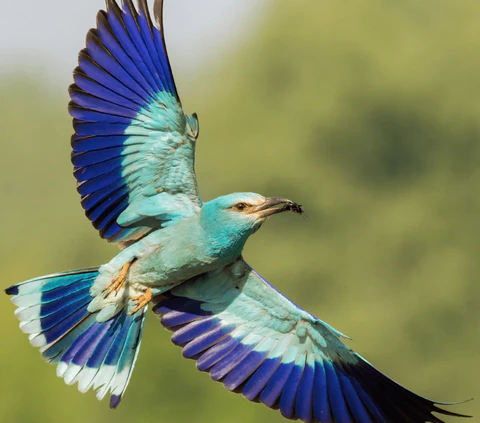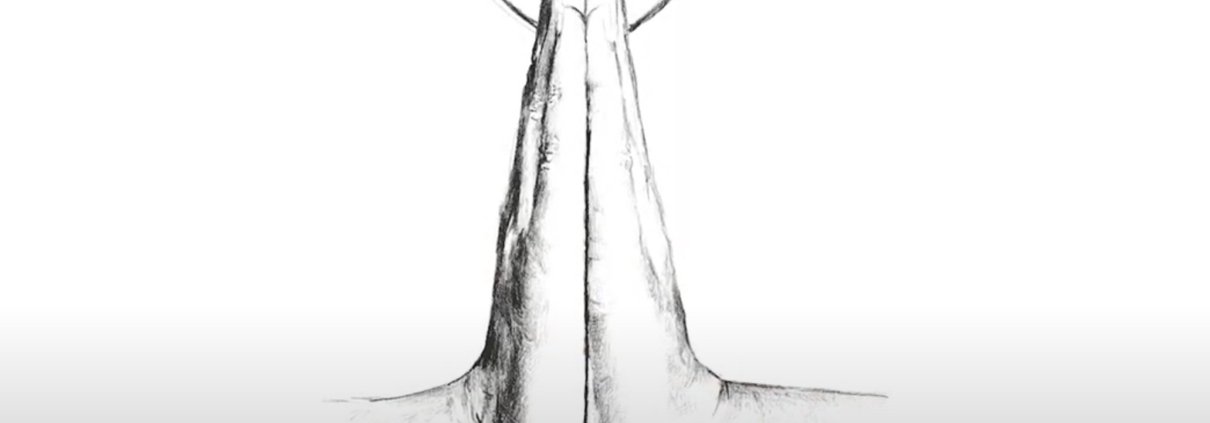Pranayama, Mudras, Bandhas: The Anatomy of the Subtle Body with Joseph Le Page
Meets live virtually weekly on Tuesdays from 8:30-11:30 AM Mountain Time
November 4, 2025 – February 3, 2026
(No classes Dec 23 or 30 | 12 week, 36-hour course)
In the ancient texts of Hatha Yoga, which include instruction in asana and pranayama, the most important element of study is the understanding and experience of the body of subtle energy. This body is made up of energy centers (chakras), energy channels (nadis), and energy currents (prana vayus).
It is through the knowledge of this subtle body that Yoga postures and other practices are performed with ease and fluidity. This experiential understanding of the subtle body is also key in optimizing the health benefits of Yoga, including physical and psychological flexibility, equanimity and optimal functioning of all the physiological systems. The subtle body also serves as a bridge to our spiritual Being through understanding the intelligence and energy at the heart of creation.
The sciences of pranayama, mudra and bandha allow us to awaken and channel the energies of the subtle body and are therefore essential for receiving all of Yoga’s benefits. In this course, we will gain an in-depth understanding of pranayama, mudra and bandha, as well as pranic healing techniques, all of which serve to create a deep awakening of the subtle body, harmony in our physical being, psycho-emotional equanimity and an unfolding of the full potential of spirituality.
The science of pranayama encompasses the traditional breathing practices that awaken the subtle body, optimize our physiology, balance the mind and emotions and serve as a doorway to our spiritual Being. This course presents 30 pranayamas along with their variations and therapeutic applications, allowing the teacher to instruct pranayama in therapeutic settings, within yoga classes, and to offer pranayama workshops at the beginning and intermediate levels. The pranayama material is supported by the soon to be released book, Pranayama for Healing and Transformation, by Joseph Le Page and Karin Silberberg.
Mudras are gestures of hands, face and body to balance our physical being, awaken subtle energy and serve as a bridge to spirituality. This course focuses on the use of mudras therapeutically and combining mudras and pranayamas in Yoga Therapy. The course also presents the use of mudras for meditation and spiritual transformation. The study of mudras is based on the book Mudras for Healing and Transformation by Joseph Le Page and Lilian Aboim.
Bandhas play a key role within Asana practice and also in pranayama. Within the texts of Hatha Yoga, bandhas are included in the category of mudras. They have a special role in creating an energetic container within the physical body for the awakening and channeling of subtle energy and the unfolding of our spiritual Being. This course presents the various dimensions of bandha practice in pranayama, asana, and meditation.
This course also presents the therapeutic application of pranayama, mudra and bandha for individual and group Yoga Therapy sessions. Additionally, we learn how to channel the energy of the subtle body through pranic healing, an ancient Indian science that directs breath and prana to specific areas of the body to optimize physical health and remove energetic blockages.
Through this course, you attain an in-depth understanding of the science of pranayama, mudra and bandha to heal the physical body, awaken and channel subtle energy, balance the mind and emotions and unite more deeply with your spiritual Being.
Fees, Eligibility and Continuing Education:
- This course is open to all Inner Peace Yoga Therapy students as well as yoga teachers/yoga therapists from other schools
- For those already certified as Yoga Therapists (C-IAYT), this course offers 36 hours of continuing education via Approved Professional Development
- Tuition fee $500 payable below.
This 36-hour course will meet virtually each Tuesday from November 4, 2025 – February 3, 2026.
Class time is 8:30—11:30am MT each week, no class Dec 23 or 30. Students are encouraged to attend sessions live, but each session will be recorded and placed on our learning platform so that students can also participate via recording. Students are expected to listen to the recordings from any missed session before the next week’s session takes place.
Click here and learn more!
Patanjali Yoga Sutra: Dispassion
Yoga Sutra 1.12:
“That stilling of the movements of the mind is through practice and dispassion.”
The Yoga journey can be seen as two wings of a bird. The first wing is practice, effort and dedication called abhyasa.
The second is dispassion, non-attachment, letting go, called vairagya.
Abhyāsa has two main facets. The first is daily practice, sadhana, whose root “sad” means effort. Sadhana is the consistent energy we invest in our daily practice with the understanding a practice or group of practices are maintained with enthusiasm and discipline until we experience their full benefit.
The second facet of abhyasa is conscious witnessing in daily living where we make a consistent effort to observe the movements of the mind while neither expressing, repressing or identifying with them, thereby gradually reducing their influence and their ability to generate limitation and suffering.
While practice is a foundation of the spiritual journey, it must be balanced with dispassion, vairāgyam. To gain material success at the level of the personality, effort and repetition are usually sufficient. At the level of the conditioned personality, that which we seek is outside of us in our surroundings, and the more effort we invest, the more likely we are to succeed. In the spiritual realm, however, that which we seek is our own true Being, already present and waiting to be recognized clearly. What stands between us and this recognition is attachment to all the things in our surroundings that we believe will make us happy and complete. Vairāgyam is seeing and releasing the mistaken belief that relationships, material possessions, personal power and self-image can provide the happiness and peace we seek.
Therefore, practice and dispassion are the two wings of the bird of Yoga that allow us to fly toward freedom.
Joseph Le Page
Forgiveness Meditation
How do we release the pain of the past?
Releasing the pain of the past occurs through forgiveness, remembering that forgiveness has a special meaning within Yoga. We envision forgiveness in 5 steps:
First, we recognize that all beings seek happiness and avoid suffering. People don’t hurt others intentionally, but as a form of defense to avoid suffering.
Second, we recognize that the negative actions of others are reflections of their level of consciousness and has nothing to do with us personally. Anyone who came across that person at that time will receive the same treatment as a reflection of their level of awareness.
Third, we recognize that we place ourselves in contact with difficult people or situations person as part of our own process of Self-understanding. We give ourselves the lessons we need to reveal limiting beliefs \calling for release. An example of a limiting belief is: “I can only experience love if someone else loves me”. We repeat these until we finally see the limiting pattern that needs to be released.
Fourth, with this understanding of how pain and misunderstanding occur, we recognize that, at times, others have felt hurt by us. For our part, it was not our intention to hurt anyone, but to be happy and avoid suffering by protecting ourselves. Our words and actions reflected our consciousness at that time, which was the result of conditioning which we received unconsciously. Now, as our level of consciousness expands, we wouldn’t speak or act in the same way. Embracing our own process of transformation, we offer forgiveness to ourselves.
Finally, we recognize that there were situations in the past when we feel hurt by others, and we may still feel the pain of those situations. Through our own process of Self-growth, we see that others were not trying to hurt us, but only to be happy and avoid suffering by protecting themselves. Their attitudes, words and deeds reflected their own limiting beliefs, which they may now be releasing. We also see that we placed ourselves in those situations to see and release our own limiting beliefs.
With this understanding, we offer forgiveness to others and thereby release the pain of the past. For a deeper understanding of the process of forgiveness, let’s experience a guided meditation by Joseph Le Page.




